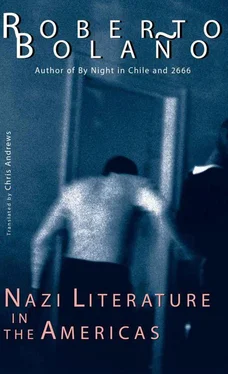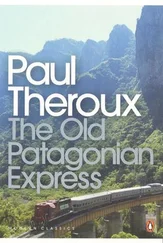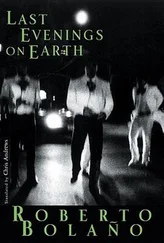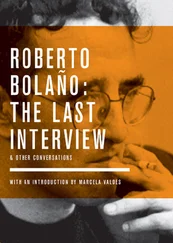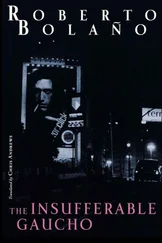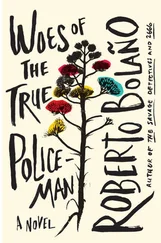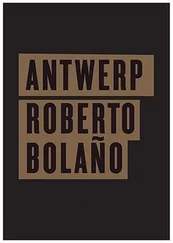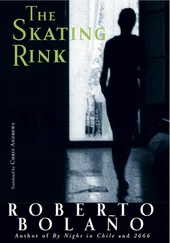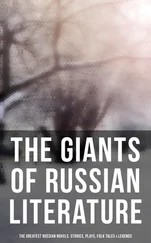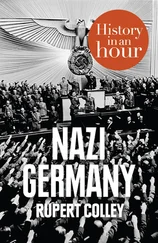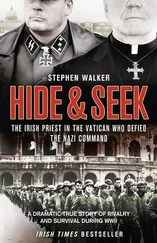FORERUNNERS AND FIGURES OF THE ANTI-ENLIGHTENMENT
Buenos Aires, 1880–Comodoro Rivadavia, 1940
Owner of a vast ranch in the province of Chubut, which he ran himself and to which few of his friends were granted access, Mateo Aguirre Bengoechea was a living enigma, oscillating between two poles: bucolic contemplation and titanic activity. He collected pistols and knives, admired Florentine but detested Venetian painting, and had an excellent knowledge of English literature. Although he ordered books regularly from stores in Buenos Aires and Europe, his library never held more than a thousand titles. A confirmed bachelor, he nourished a passion for Wagner, a few French poets (Corbière, Catulle Mendès, Laforgue, Banville) and a few German philosophers (Fichte, August-Wilhelm Schlegel, Friedrich Schlegel, Schelling, Schleirmacher). In the room where he wrote as well as dispatched the business of the ranch, there were many maps and farming implements; on the walls and shelves, dictionaries and handbooks jostled peaceably with faded photographs of the first Aguirres and bright photographs of his prize animals.
He wrote four well-wrought novels, spaced out over the years ( The Storm and the Youths , 1911; The Devil’s River , 1918; Ana and the Warriors , 1928; and The Soul of the Waterfall , 1936), as well as a brief collection of poems, in which he complained that he had been born too soon, in a country that was too young.
He wrote a great many detailed letters to literary figures of all persuasions in America and Europe, whose works he read attentively, although the tone of the correspondence always remained formal.
He detested Alfonso Reyes with a tenacity worthy of a nobler enterprise.
Shortly before his death, in a letter to a friend in Buenos Aires, he foresaw a radiant epoch for the human race, the triumphant dawn of a new golden age, and he wondered whether the Argentinean people would rise to the occasion.
Buenos Aires, 1901–Buenos Aires, 1994
As a young man Salvático advocated, among other things, the re-establishment of the Inquisition; corporal punishment in public; a permanent war against the Chileans, the Paraguayans, or the Bolivians as a kind of gymnastics for the nation; polygamy; the extermination of the Indians to prevent further contamination of the Argentinean race; curtailing the rights of any citizen with Jewish blood; a massive influx of migrants from the Scandinavian countries in order to effect a progressive lightening of the national skin color, darkened by years of promiscuity with the indigenous population; life-long writer’s grants; the abolition of tax on artists’ incomes; the creation of the largest air force in South America; the colonization of Antarctica; and the building of new cities in Patagonia.
He was a soccer player and a Futurist.
From 1920 to 1929, in addition to frequenting the literary salons and fashionable cafes, he wrote and published more than twelve collections of poems, some of which won municipal and provincial prizes. From 1930 on, burdened by a disastrous marriage and numerous offspring, he worked as a gossip columnist and copy-editor for various newspapers in the capital, hung out in dives, and practised the art of the novel, which stubbornly declined to yield its secrets to him. Three titles resulted: Fields of Honor (1936), about semi-secret challenges and duels in a spectral Buenos Aires; The French Lady (1949), a story of prostitutes with hearts of gold, tango singers and detectives; and The Eyes of the Assassin (1962), a curious precursor to the psycho-killer movies of the seventies and eighties.
He died in an old-age home in Villa Luro, his worldly possessions consisting of a single suitcase full of books and unpublished manuscripts.
His books were never republished. His manuscripts were probably thrown out with the trash or burned by the orderlies.
Río de Janeiro, 1900—Río de Janeiro, 1977
A precocious author, whose Refutation of Voltaire (1921) was hailed by Catholic literary circles in Brazil and admired by the academic community on account of its sheer bulk (it was 640 pages long), its critical and bibliographical apparatus, and the author’s evident youth. In 1925, as if to fulfill the hopes generated by his first book, Fontaine da Souza published A Refutation of Diderot (530 pages), followed two years later by A Refutation of D’Alembert (590 pages), thus establishing himself as the country’s leading Catholic philosopher.
In 1930, A Refutation of Montesquieu (620 pages) appeared, and in 1932 A Refutation of Rousseau (605 pages).
In 1935 he spent four months at a clinic for the mentally ill in Petropolis.
In 1937 The Jewish Question in Europe Followed by a Memorandum on the Brazilian Question came out: a characteristically capacious book (552 pages), in which Fontaine explained the threats that widespread miscegenation would pose to Brazilian society (disorder, promiscuity, criminality).
The year 1938 saw the publication of A Refutation of Hegel Followed by a Brief Refutation of Marx and Feuerbach (635 pages), which many philosophers and even a few general readers considered the work of a lunatic. Fontaine was, irrefutably, well versed in French philosophy (his command of the language was excellent), but not, by any means, in the work of the German philosophers. His “refutation” of Hegel, whom he confuses with Kant on several occasions, and, worse still, with Jean Paul, Hölderlin and Ludwig Tieck, is, according to the critics, a sorry affair.
In 1939, he surprised everyone by publishing a sentimental novella. In a mere 108 pages (another surprise), the book tells how a professor of Portuguese literature set about wooing a rich, young and almost illiterate woman from Novo Hamburgo. Entitled The Conflict of Opposites , it sold very few copies, but its delicate style, its intellectual acuity, and the perfect economy of its construction were not lost on certain critics, who praised the book unreservedly.
In 1940, Fontaine was interned again in the Petropolis clinic, where he would remain for three years. During that long stay, broken by Christmas holidays and vacations with his family (always under the strict supervision of a nurse), he wrote a sequel to The Conflict of Opposites called Evening in Porto Alegre , whose subtitle ( Apocalypse in Novo Hamburgo ) sheds light retrospectively on his work as a whole. The story takes up where The Conflict of Opposites left off. Roughly written, with none of the previous volume’s delicacy, acuity or economy, Evening in Porto Alegre adopts various points of view without changing the narrative voice, which is that of the professor of Portuguese literature, who recounts an interminable yet hectic evening in the southern Brazilian city of Porto Alegre, while simultaneously in Novo Hamburgo (hence the subtitle) servants, family members and later the police are confronted with the body of a rich, illiterate heiress, found in her bedroom, under the large canopied bed, with multiple stab wounds. The novel remained unpublished until well into the sixties, for family reasons.
A long silence ensued. In 1943, Fontaine published an article in a Rio newspaper, protesting Brazil’s entry into the Second World War. In 1948 he contributed an article to a magazine called Brazilian Woman on the flowers and legends of Pará, especially the region between the rivers Tapajoz and Xingu.
Читать дальше
